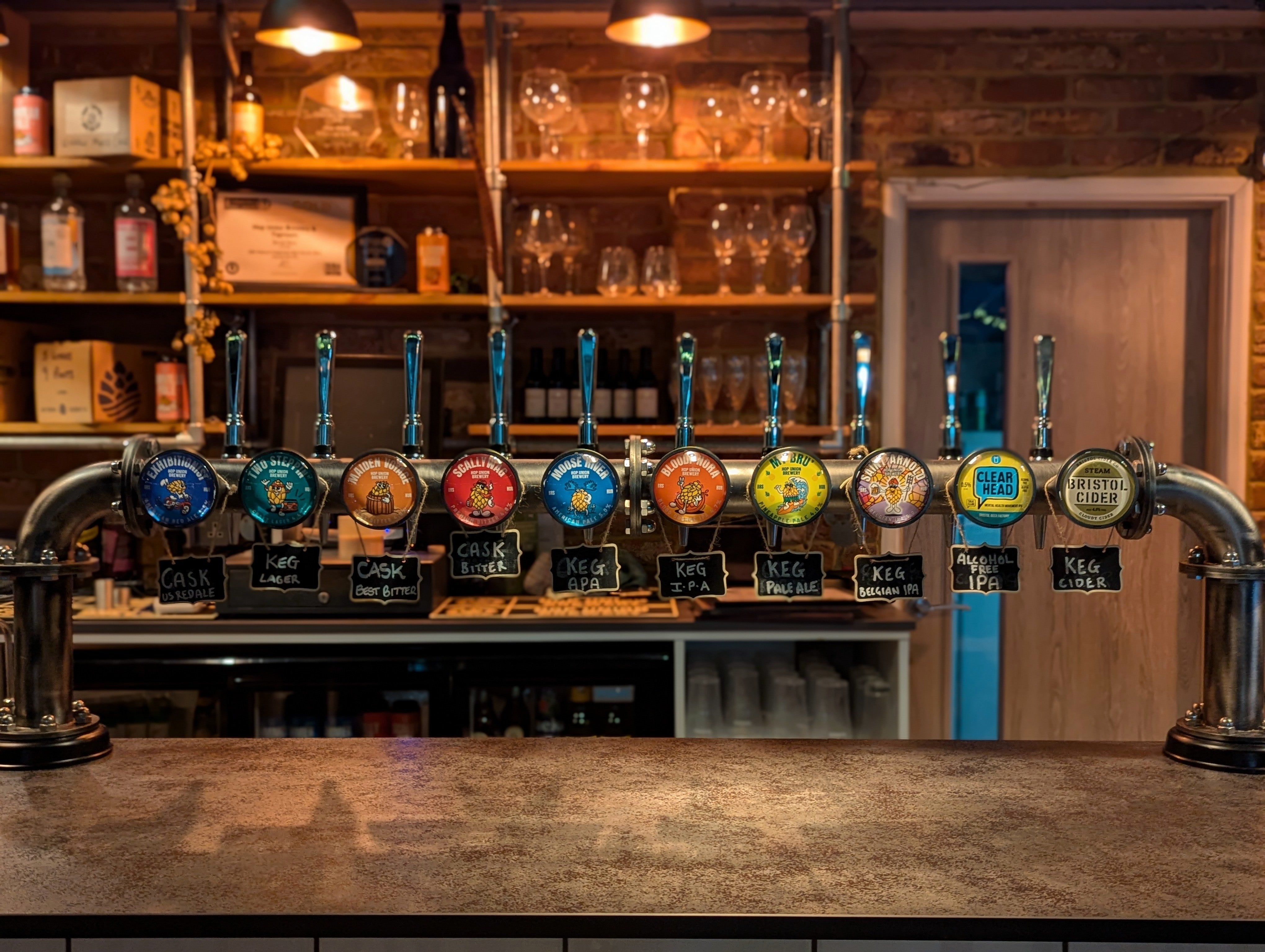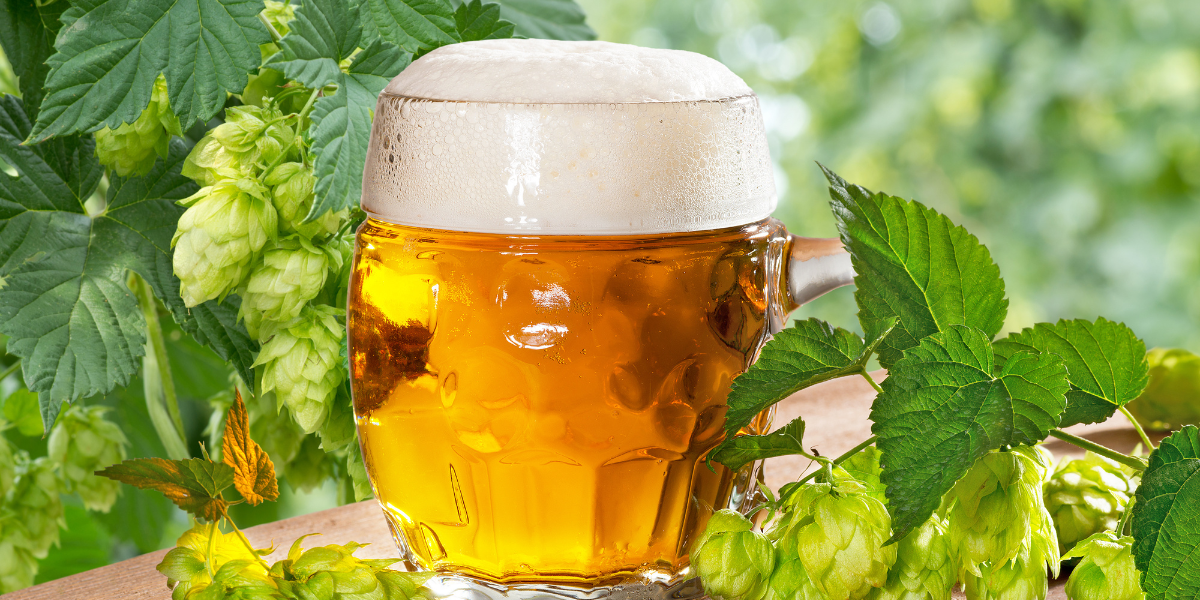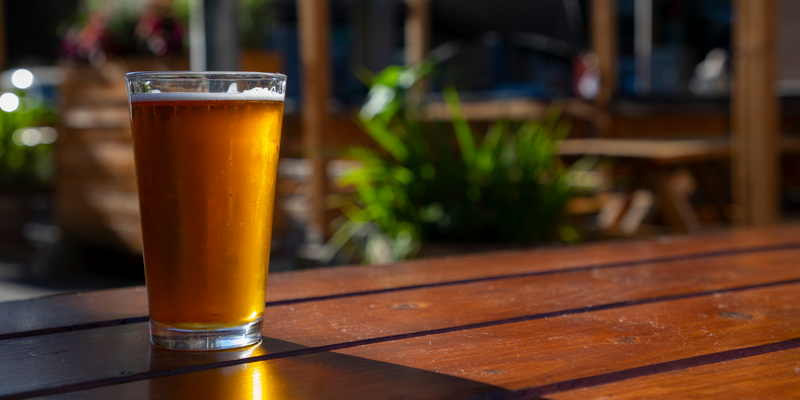The mention of “hoppy” beers or labels that display “Citra” or “Cascade” indicates you’ve encountered one of beer’s essential components, known as hops. But what are hops really? Why do brewers use them? The term “hoppy” describes the flavour profile of a beer that exhibits strong hop characteristics. We will explore hops as a leafy and aromatic plant and discover why they're the foundation of today's craft brewing industry.
What Are Hops?
The Humulus lupulus plant produces hops which appear as green cones. Even though hop flowers look like miniature pine cones, they contribute significantly to beer production. The lupulin glands found inside every hop flower produce essential oils and resins which provide beer with its bitter flavour and aromatic essence, and also serve as natural preservatives.
Historically, hops weren’t always part of beer. In the past before hops became common, brewers used a combination of herbs and spices known as gruit to both add flavour to their brews and preserve them. By the 9th century hops became more common in European brewing practices and by the 13th century, they had mostly replaced gruit as brewers discovered hops extended shelf life and balanced sweetness better.
Why Do Brewers Use Hops?
Brewers use hops in beer production because of four primary functions they perform.
The initial state of beer is a sweet liquid that originates from malted grains. The beer's sweetness would result in an unbalanced and cloying flavour if there was nothing to counteract it. The alpha acids in hops generate the bitterness during boiling which balances the malt sweetness in beer. IBUs or International Bitterness Units measure beer bitterness, with higher numbers indicating stronger bitterness though factors such as sweetness and carbonation influence bitterness perception.
The type of hops determine their aromas and flavours which span from citrus and pine, through floral and herbal, to tropical fruit and earthy or spicy notes. The timing of hop addition affects this: When hops are introduced early during the boiling process they primarily produce bitterness but hops added at later stages or through dry hopping enhance aroma and flavour.
The antimicrobial properties of hops made them valuable for preservation even before refrigeration existed. The antimicrobial properties of hop compounds made beer a safer beverage than water in several regions during pre refrigeration times.
Hops contribute to beer's head retention which results in the foamy layer resting above your pint. A well formed head looks good and plays a role in maintaining the beer's aromatic profile.
What Does “Hoppy” Mean?
The term “hoppy” is often misunderstood. While many people think "hoppy" simply refers to bitterness, the reality is more complex. When we call beer “hoppy” we mean it demonstrates the distinctive qualities of hops, which can include bitterness, aroma, flavour or a combination of these elements.
Hoppiness in beer does not necessarily mean it must taste bitter. Many New England IPAs (NEIPAs) deliver intense hop aromas similar to mango, peach or tangerine but typically maintain low levels of perceived bitterness. West Coast IPAs get their name from their “hoppy and bitter” taste profile which features pine, grapefruit and resin flavours followed by a drier finish that feels more aggressive.
The term “hoppy” can describe a beer's aroma or flavour or both.
1. Fragrant nose (aroma)
2. Citrusy or herbal flavours (flavour)
3. Sharp or lingering bite (bitterness)
By understanding these characteristics you can select beers that align with your flavour preferences, whether you prefer or dislike strong hop flavours.
Hop Varieties and What They Taste Like
The world grows dozens of hop varieties and each one possesses a distinct flavour signature. Here are a few popular examples:
Citra hops - deliver a rich taste profile with juicy citrus and tropical notes including mango, lime, and lychee.
Cascade - is a traditional American hop that delivers grapefruit and floral flavours and forms the base for multiple pale ales.
Simcoe - features piney and earthy flavours with apricot and berry notes.
The traditional Czech hop Saaz - delivers spicy herbal flavours and is commonly used in lager and pilsner beers.
The New Zealand hop variety Nelson Sauvin - provides beer drinkers with white wine characteristics together with gooseberry and passion fruit notes.
Brewers combine different hops to craft distinct flavour profiles similar to how chefs blend spices.
Brewing Techniques That Highlight Hops
The brewing process determines how much hop flavour will be present in the final beer.
The brewing process begins with adding bittering hops at the start of the boiling stage. The beer achieves its bitter foundation through this process while losing most aromatic compounds during boiling.
Hops that brewers add towards the end of the boiling process maintain a higher concentration of aromatic oils which enhances the beer's hop flavour.
Adding hops after fermentation during dry hopping produces a strong aroma without contributing any bitterness.
Craft brewers now use double dry hopping (DDH) to add hops two times after fermentation which creates strong aromatic beers that lack intense bitterness.
Hoppy Beer Styles to Try
For those interested in hoppiness you should check out these beer styles.
Pale Ale - provides a basic experience of hop flavours complemented by citrus notes and floral tones.
India Pale Ale (IPA) - stands as the standard for hoppy beers with a spectrum from traditional bitter styles to modern juicy hazy versions.
Double IPA (DIPA) - delivers both elevated alcohol content and increased hop levels to create a stronger tasting experience.
The Session IPA - offers reduced alcohol content while maintaining strong hop flavors perfect for extended drinking periods.
A Dry-Hopped Pilsner - combines the refreshing taste of lager with the fragrance of aromatic hops.
Hop levels differ greatly across styles therefore tasting different breweries' versions will help you discover your preferred brews.
Final Thoughts: Don’t Fear the Hop
Modern beers owe their characteristic essence to hops, which serve as their indispensable core. Hops deliver layered complexity alongside fresh taste profiles, while providing structural integrity and creative possibilities for brewers. People who avoid beers with high hop content because they think they'll be bitter are missing out because many of these hops forward beers actually taste smooth and fruit flavoured and easy to drink.
Whenever you taste a beer with a strong aroma or bitter finish you should recognise the hop for its contribution.





